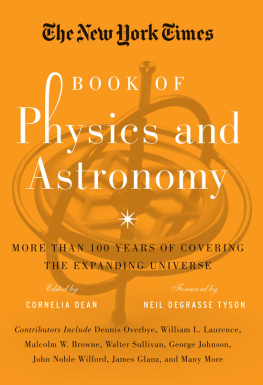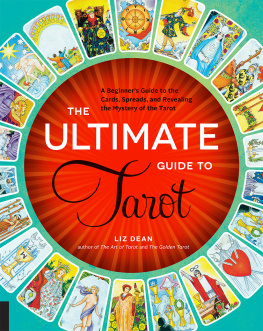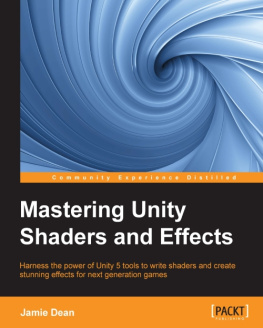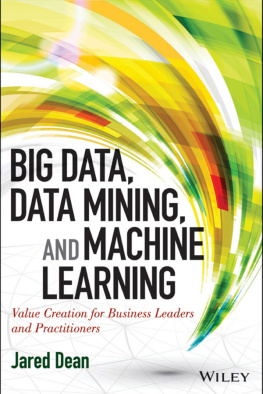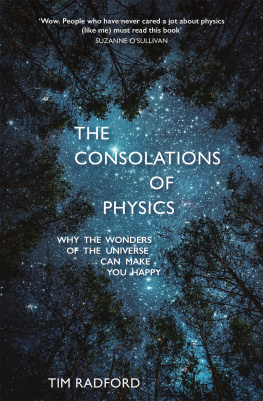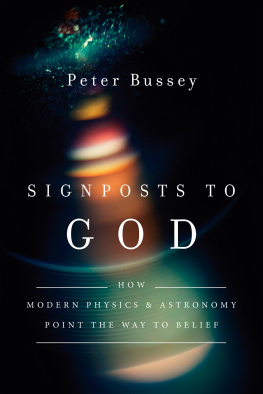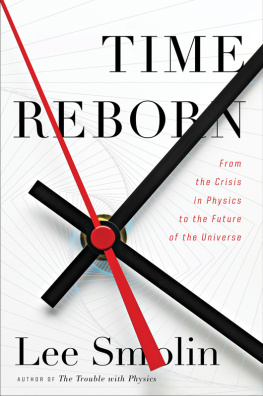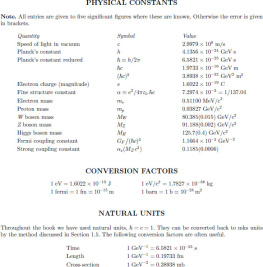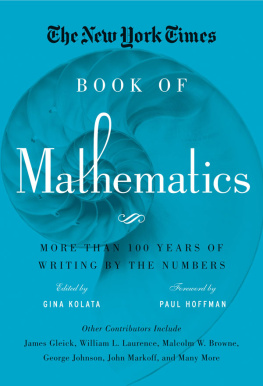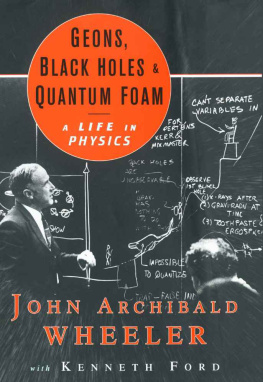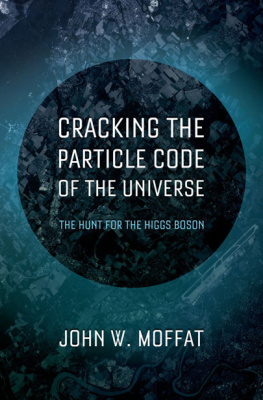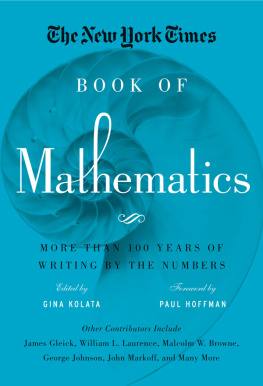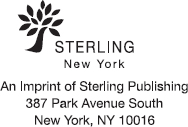Dean - The New York Times book of physics and astronomy : more than 100 years of covering the expanding universe
Here you can read online Dean - The New York Times book of physics and astronomy : more than 100 years of covering the expanding universe full text of the book (entire story) in english for free. Download pdf and epub, get meaning, cover and reviews about this ebook. year: 2013, publisher: Sterling, genre: Science. Description of the work, (preface) as well as reviews are available. Best literature library LitArk.com created for fans of good reading and offers a wide selection of genres:
Romance novel
Science fiction
Adventure
Detective
Science
History
Home and family
Prose
Art
Politics
Computer
Non-fiction
Religion
Business
Children
Humor
Choose a favorite category and find really read worthwhile books. Enjoy immersion in the world of imagination, feel the emotions of the characters or learn something new for yourself, make an fascinating discovery.
The New York Times book of physics and astronomy : more than 100 years of covering the expanding universe: summary, description and annotation
We offer to read an annotation, description, summary or preface (depends on what the author of the book "The New York Times book of physics and astronomy : more than 100 years of covering the expanding universe" wrote himself). If you haven't found the necessary information about the book — write in the comments, we will try to find it.
The best on physics and astronomy from The New York Times! The newspaper of record has always prided itself on its coverage of physics and astronomy, realms that have dominated science and the popular imagination like few others, and these 125 articles from its archives feature such esteemed names as Malcolm W. Browne, James Glanz, George Johnson, William L. Laurence, Dennis Overbye, Walter Sullivan, and more. From the discovery of distant galaxies and black holes to the tiny interstices of the atom, these articles cover more than 100 years of breakthroughs, discoveries, setbacks, and mysteries solved and unsolved-- Read more...
Abstract: From the discovery of distant galaxies and black holes to the tiny interstices of the atom, here is the very best on physics and astronomy from the New York Times! The newspaper of record has always prided itself on its award-winning science coverage, and these 125 articles from its archives are the very best, covering more than a century of breakthroughs, setbacks, and mysteries. Selected by former science editor Cornelia Dean, they feature such esteemed and Pulitzer Prize-winning writers as Malcolm W. Browne on teleporting, antimatter atoms, and the physics of traffic jams; James Glanz on string theory; George Johnson on quantum physics; William L. Laurence on Bohr and Einstein; Dennis Overbye on the recent discovery of the Higgs Boson; Walter Sullivan on the colliding beam machine; and more--
The best on physics and astronomy from The New York Times! The newspaper of record has always prided itself on its coverage of physics and astronomy, realms that have dominated science and the popular imagination like few others, and these 125 articles from its archives feature such esteemed names as Malcolm W. Browne, James Glanz, George Johnson, William L. Laurence, Dennis Overbye, Walter Sullivan, and more. From the discovery of distant galaxies and black holes to the tiny interstices of the atom, these articles cover more than 100 years of breakthroughs, discoveries, setbacks, and mysteries solved and unsolved
Dean: author's other books
Who wrote The New York Times book of physics and astronomy : more than 100 years of covering the expanding universe? Find out the surname, the name of the author of the book and a list of all author's works by series.

